Quick-Response Medicine: A Better Pill to Swallow
By making public-private communications seamless, a national research center aims to speed up emergency response times. With national security a top priority, the National Emergency Preparedness and Response partners say cooperation is critical now. How can the center eliminate stovepipes and unite communications systems?
Historically, wounded troops on the battlefield have endured long waits either for medical care or for transport to better-equipped facilities. This same scenario also has played out in the aftermath of natural and manmade disasters. A consortium has formed to address this gap in reaction time, according to News Editor Rita Boland in her article "Medicine Joins Disaster Response" in this issue of SIGNAL Magazine. This group has laid the groundwork for the National Emergency Preparedness and Response (NEPR) Research Center. The public/private center partnership is headquartered in Maryland on the campus of Bowie State University. Its main thrust is to bolster medical information-sharing across state and federal agencies to improve response during disasters. These emergencies encompass anything from natural disasters such as hurricanes, earthquakes and tsunamis, to biological events like outbreaks of disease and bioterrorism attacks. The center combines government and private-sector resources to improve response to mass medical emergencies. Private-sector participants include Intelaform Incorporated, VisualMED Clinical Solutions Corporation and Verizon. Key to success is immediate employment of surveillance capabilities that connect critical information to first responders. Definitive analysis would be conducted in a lab, but that work takes more time than reporting symptoms and drawing conclusions, according to Gerard Dab, chairman and chief executive officer of VisualMED. In discussing the 2010 cholera outbreak in Haiti, Dab points out that in certain critical situations:
You can't wait until you know every detail before you intervene.
He emphasizes that early identification and control could save lives and prevent germs from spreading. Partnerships will be formed on a state-by-state basis, stopping an emergency at state borders while still alerting other states of the situation. With national security a top priority, the NEPR partners say cooperation is critical now. How can the center eliminate stovepipes and unite communications systems? Share your ideas here.

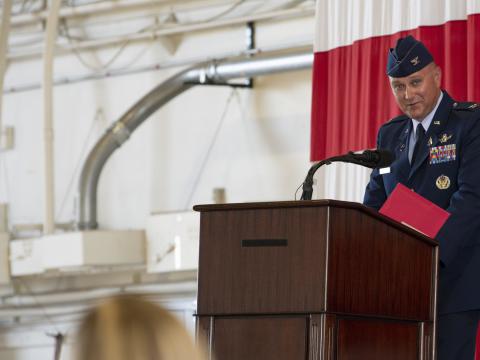

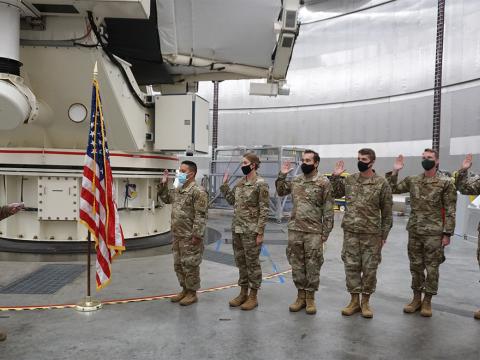
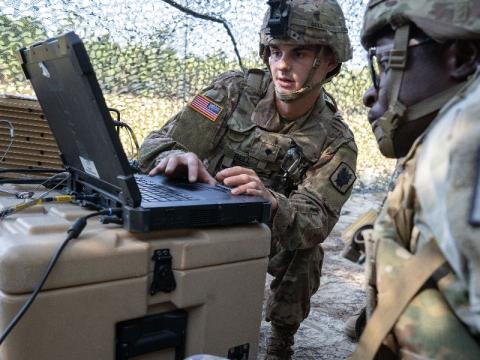
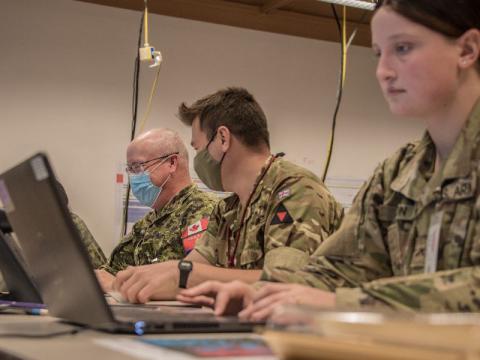
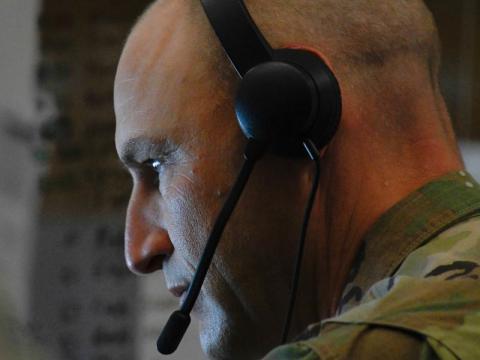
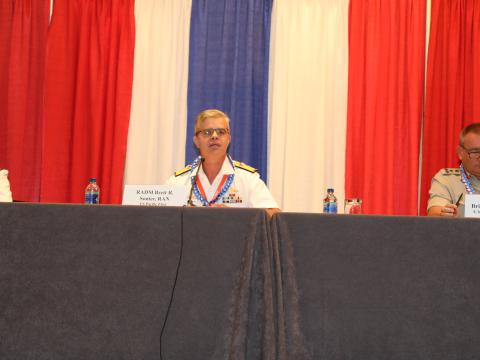

Comments